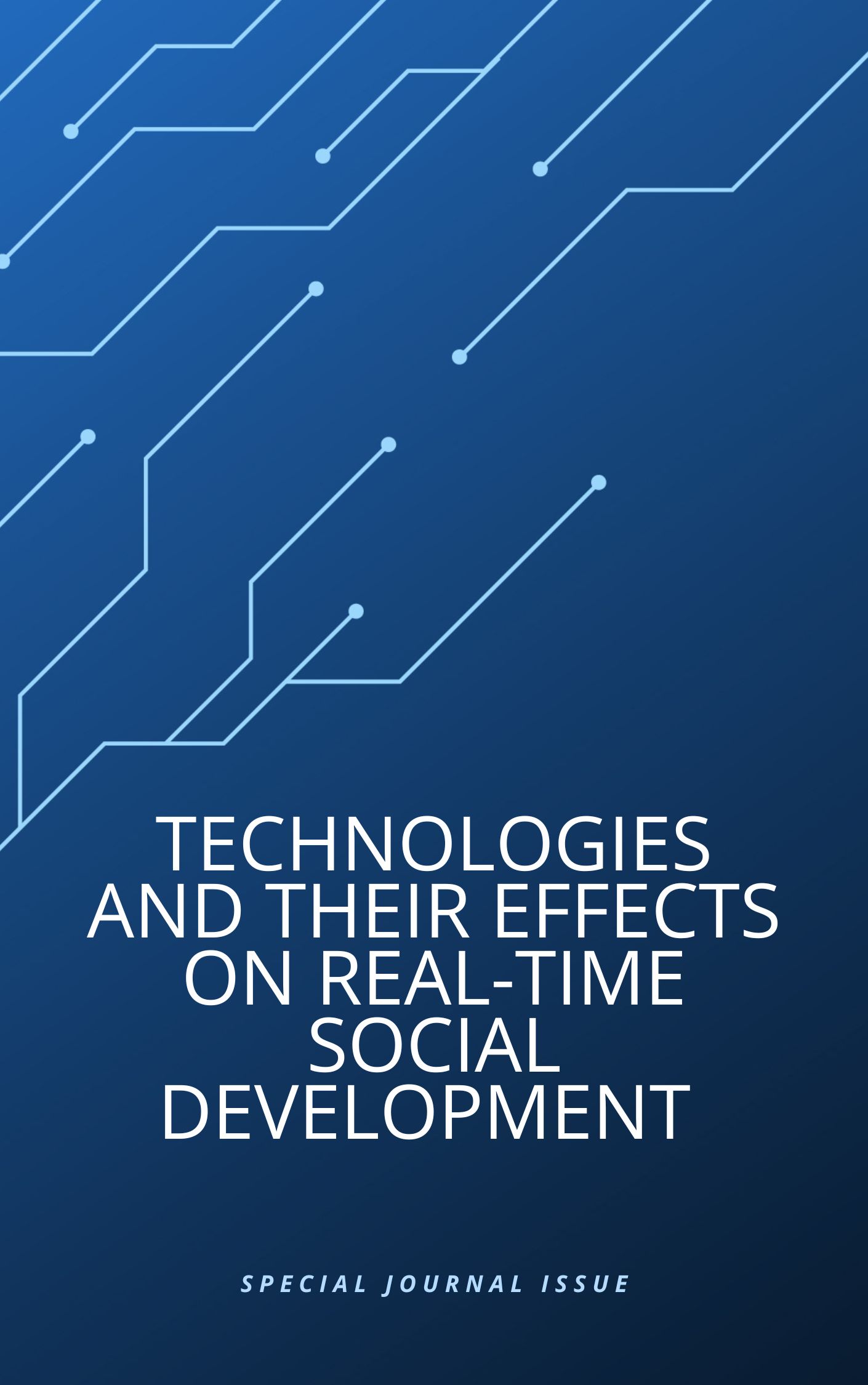SE-CSA Based IN-D SG Disturb Free Volatile Static Memory Using Fin-FET with Steep subthreshold Sleep
Main Article Content
Abstract
Article Details

This work is licensed under a Creative Commons Attribution-NonCommercial 4.0 International License.
References
Dolatshah, A., Abbasian, E., Nayeri, M., &Sofimowloodi, S. (2022). A sub-threshold 10T FinFET SRAM cell design for low-power applications. AEU-International Journal of Electronics and Communications, 157, 154417.
Maurya, R. K., & Bhowmick, B. (2022). Review of FinFET devices and perspective on circuit design challenges. Silicon, 14(11), 5783-5791.
Abbasian, E., Gholipour, M., & Birla, S. (2022). A single-bitline 9T SRAM for low-power near-threshold operation in FinFET technology. Arabian Journal for Science and Engineering, 47(11), 14543-14559.
Gul, W., Shams, M., & Al-Khalili, D. (2023). FinFET 6T-SRAM All-Digital Compute-in-Memory for Artificial Intelligence Applications: An Overview and Analysis. Micromachines, 14(8), 1535.
Srinivasa Sai Abhijit Challapalli. (2024). Optimizing Dallas-Fort Worth Bus Transportation System Using Any Logic. Journal of Sensors, IoT & Health Sciences, 2(4), 40-55.
Kumar, T. S., & Tripathi, S. L. (2022). Comprehensive analysis of 7T SRAM cell architectures with 18nm FinFET for low power bio-medical applications. Silicon, 14(10), 5213-5224.
Rao, M. N., Hema, M., Raghutu, R., Nuvvula, R. S., Kumar, P. P., Colak, I., & Khan, B. (2023). Design and development of efficient SRAM cell based on FinFET for low power memory applications. Journal of Electrical and Computer Engineering, 2023(1), 7069746.
Srinivasa Sai Abhijit Challapalli. (2024). Sentiment Analysis of the Twitter Dataset for the Prediction of Sentiments. Journal of Sensors, IoT & Health Sciences, 2(4), 1-15.
Navaneetha, A., &Bikshalu, K. (2022). Reliability and Power Analysis of FinFET Based SRAM. Silicon, 14(11), 5855-5862.
Sharma, D., & Birla, S. (2022). 10T FinFET based SRAM cell with improved stability for low power applications. International Journal of Electronics, 109(12), 2053-2068.
Kaushal, S., & Rana, A. K. (2023). Reliable and low power Negative Capacitance JunctionlessFinFET based 6T SRAM cell. Integration, 88, 313-319.
Mani, E., Nimmagadda, P., Basha, S. J., El-Meligy, M. A., & Mahmoud, H. A. (2024). A FinFET-based low-power, stable 8T SRAM cell with high yield. AEU-International Journal of Electronics and Communications, 175, 155102.
Kumbar, V., & Waje, M. (2022). A comparative analysis of finfet based sram design. IJEER, 10(4), 1191-1198.
Gul, W., Shams, M., & Al-Khalili, D. (2022). SRAM cell design challenges in modern deep sub-micron technologies: An overview. Micromachines, 13(8), 1332.
Chandra, K. S., & Kishore, K. H. (2023). Design and Analysis of Low Power FinFET SRAM with Leakage Current Reduction Techniques. Wireless Personal Communications, 131(2), 1167-1188.
Chen, R., Chen, L., Liang, J., Cheng, Y., Elloumi, S., Lee, J., ... &Todri-Sanial, A. (2022). Carbon nanotube SRAM in 5-nm technology node design, optimization, and performance evaluation—part I: CNFET transistor optimization. IEEE Transactions on Very Large Scale Integration (VLSI) Systems, 30(4), 432-439.
Abbasian, E., Birla, S., Sachdeva, A., & Mani, E. (2024). A low-power sram design with enhanced stability and ion/ioff ratio in finfet technology for wearable device applications. International Journal of Electronics, 111(10), 1724-1741.
Abbasian, E., Birla, S., & Gholipour, M. (2022). Ultra-low-power and stable 10-nm FinFET 10T sub-threshold SRAM. Microelectronics Journal, 123, 105427.
Qian, Y., Pieper, N. J., Xiong, Y., Pasternak, J., Ball, D. R., & Bhuva, B. L. (2023). SRAM Electrical Variability and SEE Sensitivity at 5-nm Bulk FinFET Technology. IEEE Transactions on Nuclear Science.
Shyam. K; V. Vijayakumar, "Seepage Power Aware SBVL Based FinFET Design for SRAM Construction," 2023 International Conference on Ambient Intelligence, Knowledge Informatics and Industrial Electronics (AIKIIE), Ballari, India, 2023, pp. 1-5.
Reddy, K. S., Reddy, M. S. V., Phani, S. S. H., & Chaitanya, M. (2022, August). Performance evaluation of SRAM cell using FinFET. In 2022 3rd International Conference on Electronics and Sustainable Communication Systems (ICESC) (pp. 253-257). IEEE.
Parihar, S. S., Van Santen, V. M., Thomann, S., Pahwa, G., Chauhan, Y. S., &Amrouch, H. (2023). Cryogenic CMOS for quantum processing: 5-nm FinFET-based SRAM arrays at 10 K. IEEE Transactions on Circuits and Systems I: Regular Papers, 70(8), 3089-3102.
Shyam. K; V. Vijayakumar, "Highly Reliable Ultra-Low Power And Latency Optimised FIN-FET based 9T SRAM," Journal of Theoretical and Applied Information Technology, Vol.101. No 22, pp. 7224–7234, 30th November 2023.
Ryckaert, J., Weckx, P., & Salahuddin, S. M. (2022). SRAM technology status and perspectives. In Semiconductor Memories and Systems (pp. 55-86). Woodhead Publishing.
Ruhil, S., Khanna, V., Dutta, U., & Shukla, N. K. (2023). A 7T high stable and low power SRAM cell design using QG-SNS FinFET. AEU-International Journal of Electronics and Communications, 168, 154704.
Abbasian, E., Birla, S., Asadi, A., &Sofimowloodi, S. (2023). FinFET-based 11T sub-threshold SRAM with improved stability and power. International Journal of Electronics, 110(11), 1991-2009.
Singh, D., Chaudhary, S., Dewan, B., & Yadav, M. (2024). Performance investigation of different low power SRAM cell topologies using stacked-channel tri-gate junctionlessFinFET. Microelectronics Journal, 145, 106122.
Shiba, K., Okada, M., Kosuge, A., Hamada, M., & Kuroda, T. (2022). A 7-nm FinFET 1.2-TB/s/mm 2 3D-stacked SRAM module with 0.7-pJ/b inductive coupling interface using over-SRAM coil and manchester-encoded synchronous transceiver. IEEE Journal of Solid-State Circuits, 58(7), 2075-2086.
Yadav, S., Kondekar, P. N., &Awadhiya, B. (2023). Performance estimation of non-hysteretic negative capacitance FinFET based SRAM. Microelectronics Journal, 137, 105796.
Kumar, A. P., & Lorenzo, R. (2023). Design of highly stable, high speed and low power 10T SRAM cell in 18-nm FinFET technology. Engineering Research Express, 5(3), 035057.
